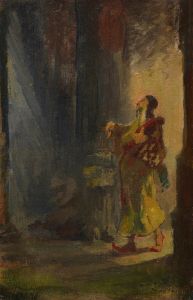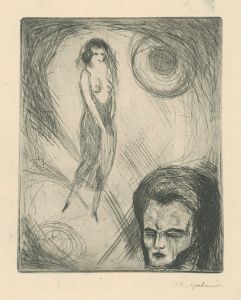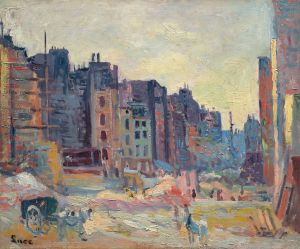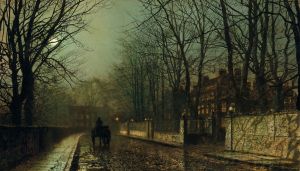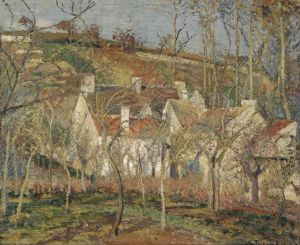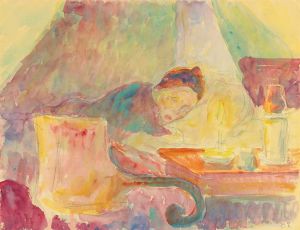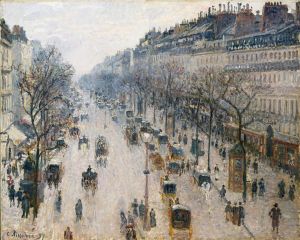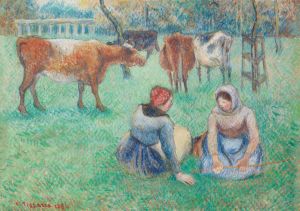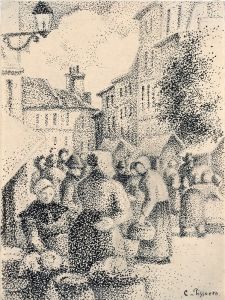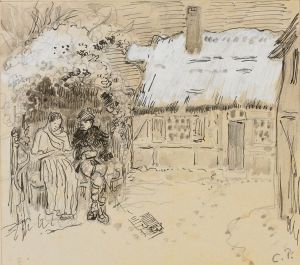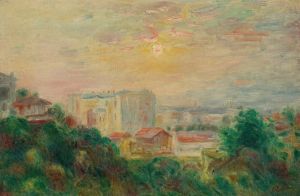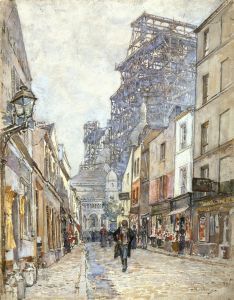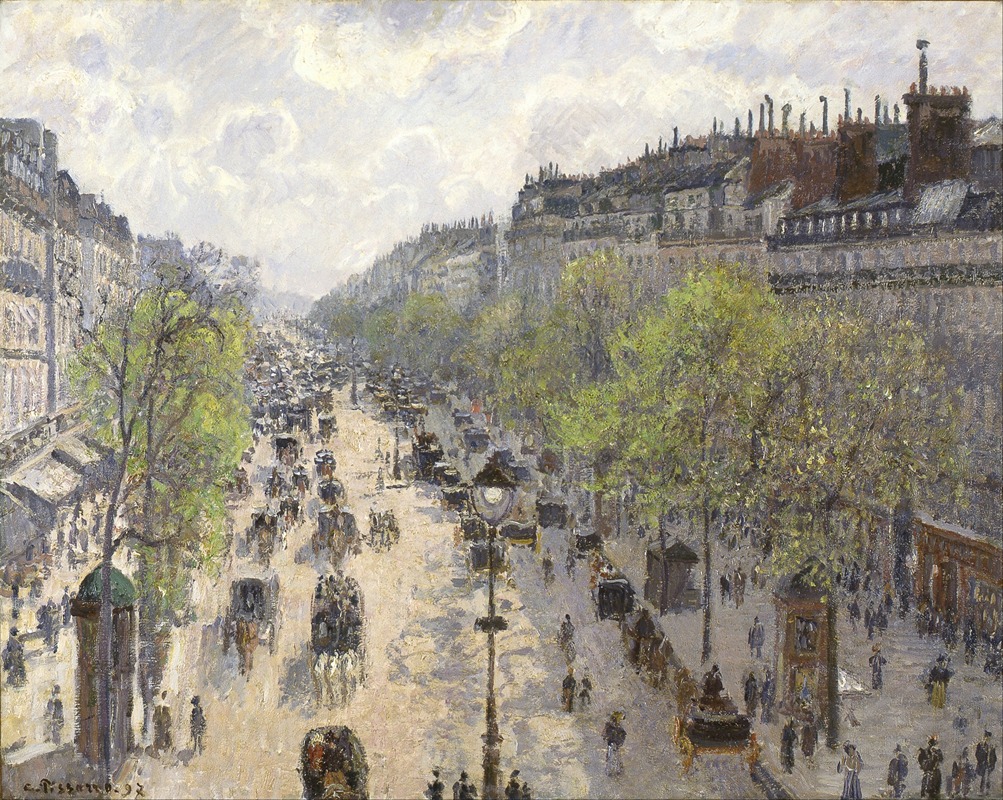
Boulevard Montmartre, Spring
A hand-painted replica of Camille Pissarro’s masterpiece Boulevard Montmartre, Spring, meticulously crafted by professional artists to capture the true essence of the original. Each piece is created with museum-quality canvas and rare mineral pigments, carefully painted by experienced artists with delicate brushstrokes and rich, layered colors to perfectly recreate the texture of the original artwork. Unlike machine-printed reproductions, this hand-painted version brings the painting to life, infused with the artist’s emotions and skill in every stroke. Whether for personal collection or home decoration, it instantly elevates the artistic atmosphere of any space.
"Boulevard Montmartre, Spring" is an oil painting by the renowned French artist Camille Pissarro, completed in 1897. Pissarro, a pivotal figure in the Impressionist movement, is celebrated for his depictions of urban and rural scenes that capture the essence of light and atmosphere. This particular painting is part of a series where Pissarro explored the bustling life of Parisian boulevards, focusing on the Boulevard Montmartre, one of the city's most vibrant thoroughfares.
The painting measures approximately 65 x 81 cm and is housed in the collection of the Israel Museum in Jerusalem. Pissarro's choice to depict the Boulevard Montmartre reflects his interest in the dynamic and ever-changing nature of city life. The scene is set in spring, a time when the city awakens from the cold of winter, and the streets are filled with activity. Pissarro's brushwork is characterized by loose, expressive strokes that convey the movement and energy of the scene. The palette is bright and lively, with a focus on capturing the effects of natural light as it plays across the buildings, trees, and figures.
Pissarro's perspective in "Boulevard Montmartre, Spring" is elevated, likely from a hotel room or an upper floor of a building, providing a sweeping view of the boulevard below. This vantage point allows the viewer to observe the hustle and bustle of Parisian life, with horse-drawn carriages, pedestrians, and the architectural details of the cityscape all rendered in Pissarro's distinctive Impressionist style. The composition is carefully balanced, with the boulevard cutting diagonally across the canvas, leading the eye through the scene and creating a sense of depth and movement.
The Boulevard Montmartre series is significant in Pissarro's oeuvre as it marks a period where he focused extensively on urban scenes, a departure from his earlier works that predominantly featured rural landscapes. This shift was partly influenced by his interactions with other Impressionist artists and his desire to capture the modernity of Paris at the turn of the century. Pissarro's urban paintings are noted for their ability to convey the vibrancy and transience of city life, qualities that are evident in "Boulevard Montmartre, Spring."
Pissarro's work on this series was also influenced by his interest in the effects of weather and seasonal changes on the urban environment. By painting the same location under different conditions, he was able to explore the nuances of light and atmosphere, a hallmark of the Impressionist movement. "Boulevard Montmartre, Spring" exemplifies this approach, with its depiction of a lively spring day capturing the interplay of light and shadow, as well as the textures and colors of the urban landscape.
Overall, "Boulevard Montmartre, Spring" is a testament to Camille Pissarro's skill as an observer of both nature and urban life. His ability to infuse his paintings with a sense of immediacy and vitality makes this work a significant contribution to the Impressionist canon, offering viewers a glimpse into the vibrant life of Paris during the late 19th century.






